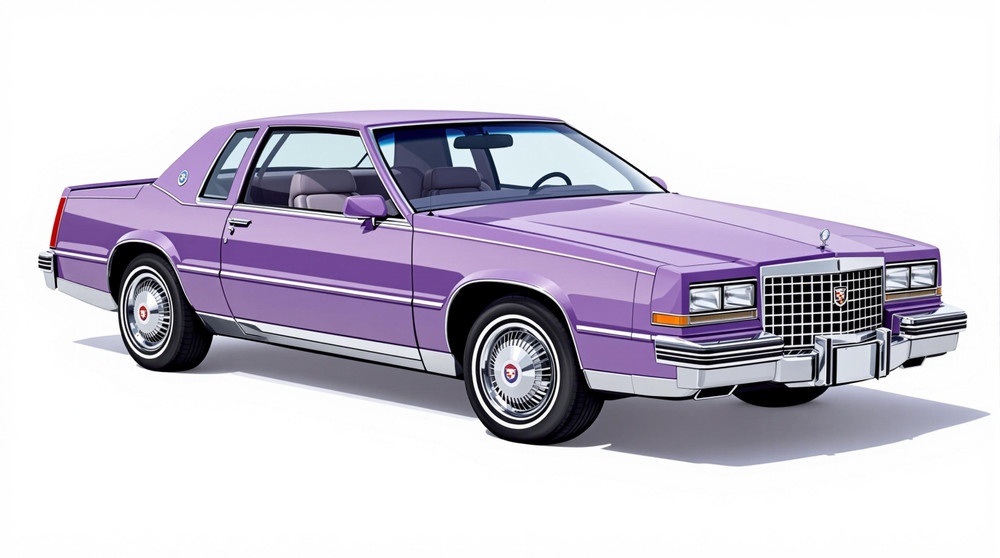Image of 1987 Cadillac Cimarron, Note: These illustrations use artistic license and may differ from actual historical models.
Performance Metrics
Fundamental Metrics
Emotional Appeal
MMP Rating
| Engine Specifications | |
|---|---|
| Engine: | 2.8L V6 |
| Displacement: | 2.8L |
| Horsepower: | 125 HP |
| Torque: | 150 lb-ft |
| Compression Ratio: | 8.9:1 |
| Ignition System: | Electronic |
| Cooling System: | Liquid-cooled |
| Performance Specifications | |
| 0-60 Time: | 10.5 seconds |
| 1/4 Mile Time: | 17.5 seconds |
| Top Speed: | 110 mph |
| Transmission and Drive | |
| Drive Type: | FWD (Front Wheel Drive) |
| Transmission Type: | 3-speed automatic or 5-speed manual |
| Fuel and Efficiency | |
| Fuel System Type: | Fuel Injection |
| MPG: | 22 city / 28 highway |
| Dimensions and Brakes | |
| Brakes: | Power-assisted disc brakes |
| Wheelbase: | 101.2 inches |
| Weight: | 2,600 lbs |
Note: Specifications for classic cars are given to the best of our ability, considering the limited and variant data available.
Unveiling the 1987 Cadillac Cimarron: A Study in Ambition
In the annals of automotive history, few cars stir a debate quite like the 1987 Cadillac Cimarron. Born from a luxury brand known for its opulence and grandeur, the Cimarron emerged as an attempt to redefine what a compact Cadillac could be. This vehicle's story is one of ambition, identity, and ultimately, a quest for relevance in an era where downsizing became the industry's response to changing consumer demands.
Design and Innovation
The exterior of the 1987 Cadillac Cimarron was a blend of traditional Cadillac cues and compact dimensions. It featured the classic grille and emblem that signified its lineage but wrapped in a smaller, more Euro-style package that aimed to attract younger buyers. Inside, the Cimarron boasted leather upholstery—a rarity in compact cars at the time—and offered an array of power features that were meant to convey luxury despite its size.
Technologically, the Cimarron was equipped with electronic fuel injection and a four-speed automatic transmission, which were advanced for its class during that period. Color options ranged from conservative shades to more vibrant hues, with popular choices reflecting the era's tastes. Body styles were limited as the Cimarron was only available as a four-door sedan, but options like alloy wheels and sunroofs allowed for personalization.
Historical Significance
The Cadillac Cimarron's impact on automotive design is a tale of caution; it demonstrated the risks inherent in badge engineering—taking an existing model (in this case, the Chevrolet Cavalier) and rebranding it without substantial differentiation. Despite this misstep, it served as a lesson for future model development strategies within General Motors and beyond.
Performance and Handling
Performance-wise, the '87 Cimarron's 2.8-liter V6 engine delivered modest acceleration, with 0-60 mph times that were hardly exhilarating but adequate for its class. Handling was competent if not sporty, with front-wheel drive providing stability in various conditions. Drivers could expect a smooth ride typical of Cadillac, albeit in a more scaled-down form factor.
Ownership Experience
As for ownership, the Cimarron found use as both a daily driver and an entry-level luxury statement. Maintenance was generally straightforward due to its shared components with other GM models. However, reliability was mixed—some owners reported issues typical of American cars from that era.
Fun Facts
The Cimarron may not have set any speed records or been owned by countless celebrities, but it did become an intriguing footnote in automotive history. It faced criticism for its perceived lack of distinction from less expensive GM models—a critique that would shape future brand strategies.
Collector's Information
Today, the 1987 Cadillac Cimarron's value as a collector's item is modest at best. With production numbers never reaching high volumes, it is relatively rare but not highly sought after. Current values range widely depending on condition but generally sit in the lower spectrum of classic car prices.
Conclusion
The 1987 Cadillac Cimarron stands as a unique chapter in Cadillac's storied history—an experiment in compact luxury that offers lessons for car enthusiasts and manufacturers alike. While it may not have been the resounding success envisioned by its creators, it remains an interesting study in brand extension and market adaptation.
1987 Cadillac Cimarron Catalog of Parts
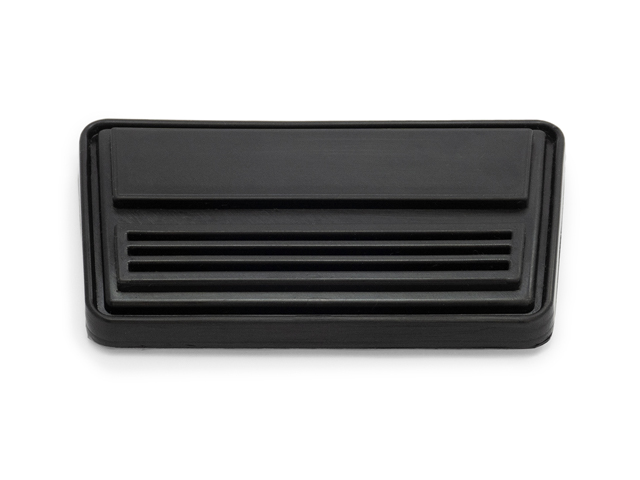 1987 Cadillac Cimarron Automatic brake pedal pad fits '78-88 GM A, Spec A, G Body-CB 101-DCB 101-D replaces the automatic brake pedal pad on many 1978-1988 General Motors A, Spec A and G body models. Also fits many 1982-1991 GM J, L, N and P body models. 4-1/2" wide X 2-1/2" long. Each
1987 Cadillac Cimarron Automatic brake pedal pad fits '78-88 GM A, Spec A, G Body-CB 101-DCB 101-D replaces the automatic brake pedal pad on many 1978-1988 General Motors A, Spec A and G body models. Also fits many 1982-1991 GM J, L, N and P body models. 4-1/2" wide X 2-1/2" long. Each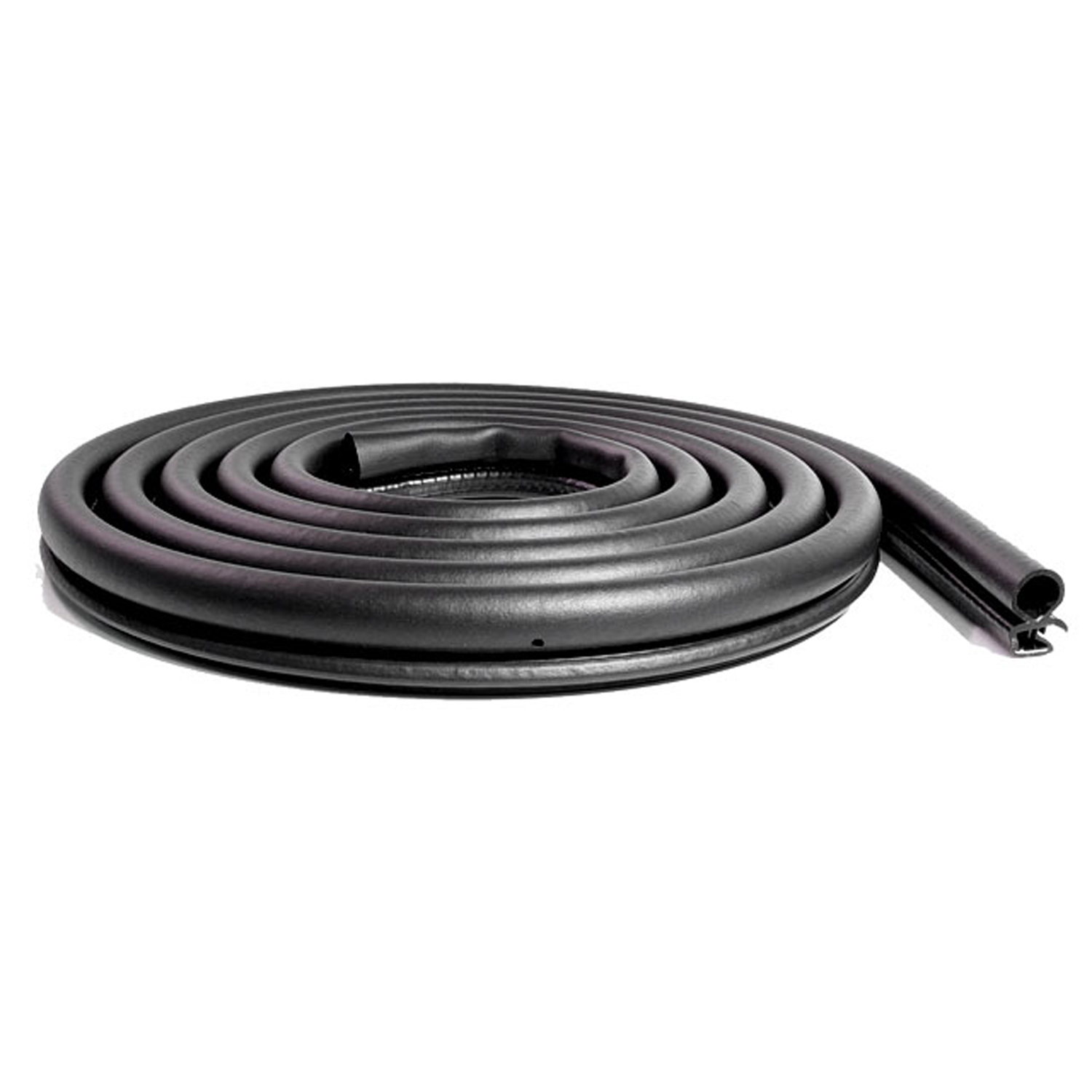 1987 Cadillac Cimarron Extruded door seal (imported). Universal replacement part-IS-MW00100Extruded door seal (imported). Universal replacement part. Made with flexible steel core. Fits front or rear and either side on passenger doors. Does not fit slider/cargo doors and liftgates on vans and mini-vans. 1-3/16 in. X 3/4 in. X 13 ft. 4 in. Each.
1987 Cadillac Cimarron Extruded door seal (imported). Universal replacement part-IS-MW00100Extruded door seal (imported). Universal replacement part. Made with flexible steel core. Fits front or rear and either side on passenger doors. Does not fit slider/cargo doors and liftgates on vans and mini-vans. 1-3/16 in. X 3/4 in. X 13 ft. 4 in. Each.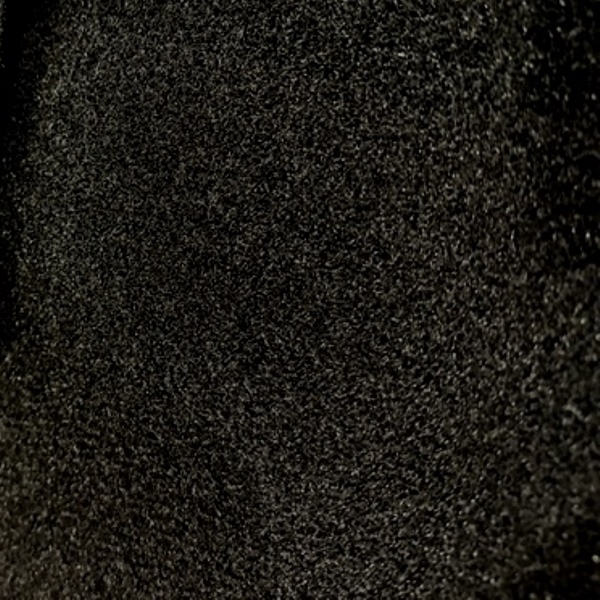 1987 Cadillac Cimarron Trunk Liner. Loose weave, jet black. 50" wide-M 30Trunk Liner. Loose weave, jet black. 50" wide. Sold by the foot
1987 Cadillac Cimarron Trunk Liner. Loose weave, jet black. 50" wide-M 30Trunk Liner. Loose weave, jet black. 50" wide. Sold by the foot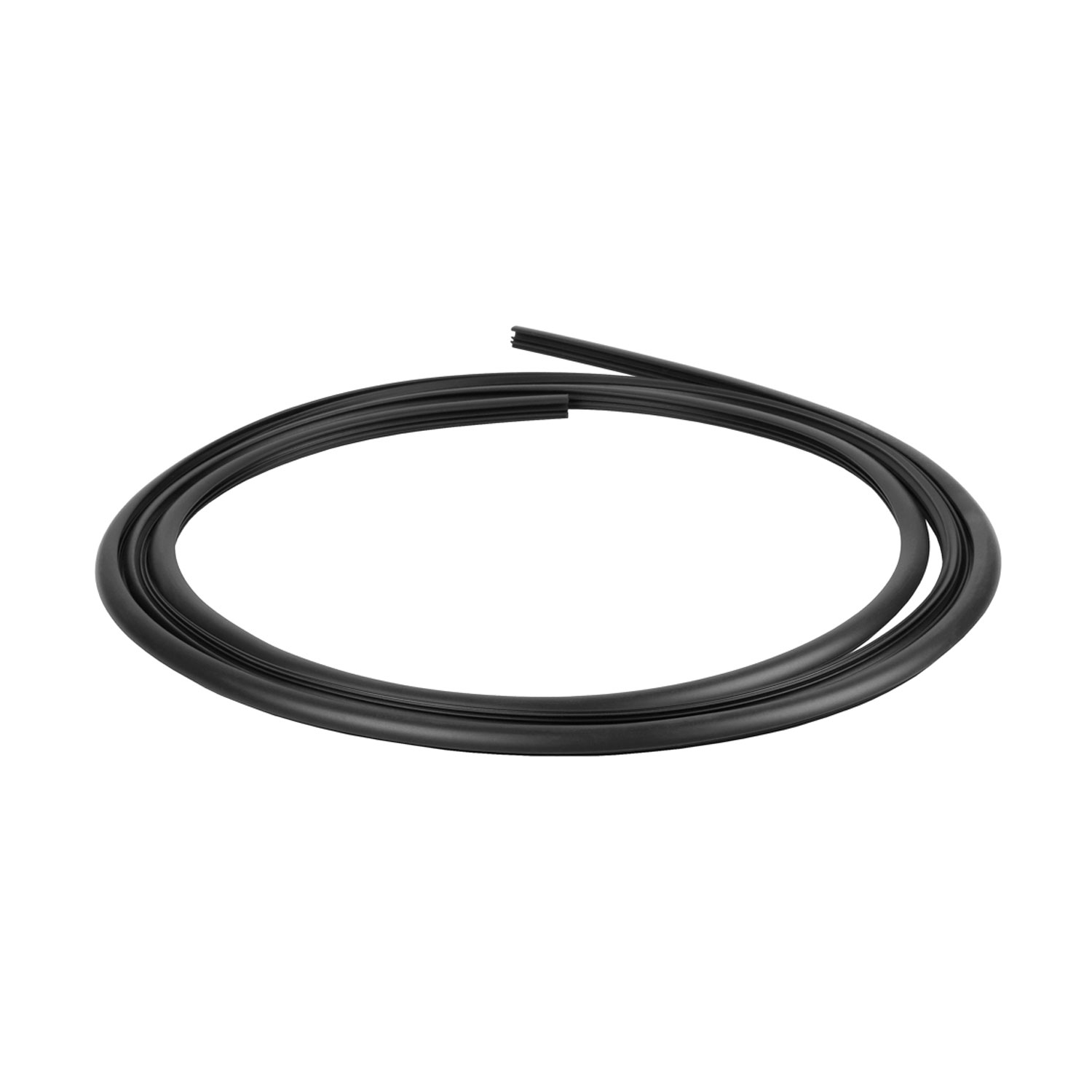 1987 Cadillac Cimarron Windshield Reveal Molding, 82-92 GM F, 82-88 GM A, 82-89 GM J, 85-91 GM N Bodies-VWS 1967-LWindshield Reveal Molding, 82-92 GM F, 82-88 GM A, 82-89 GM J, 85-91 GM N Bodies, Each.
1987 Cadillac Cimarron Windshield Reveal Molding, 82-92 GM F, 82-88 GM A, 82-89 GM J, 85-91 GM N Bodies-VWS 1967-LWindshield Reveal Molding, 82-92 GM F, 82-88 GM A, 82-89 GM J, 85-91 GM N Bodies, Each.Why Choose Metro?
For over 100 years, Metro Moulded Parts has been the pinnacle of quality in classic car restoration parts. Our commitment to precision and authenticity in every component ensures a perfect fit and an OEM-level appearance.
- Expert Craftsmanship & Quality: Each part is a testament to our dedication to reliability and perfection, crafted from original designs and thoroughly tested.
- Advanced Technology: We use cutting-edge techniques to create flawless, long-lasting parts that surpass others in performance.
- SuperSoft Sponge – The Ultimate Door Seal: Not only are our door seals 30% softer than competitors', but they're also guaranteed to never leak. They effectively reduce wind and road noise, enhancing your classic car's comfort and driving experience.
- Proudly American: Our parts are a product of American craftsmanship, made in the USA with a spirit of excellence and heritage.
- Unrivaled Warranty: We back our products with a 30-year industry-leading warranty, a testament to our confidence in their quality.
Join us in preserving the legacy of classic cars with parts that are crafted for perfection, not just made.

